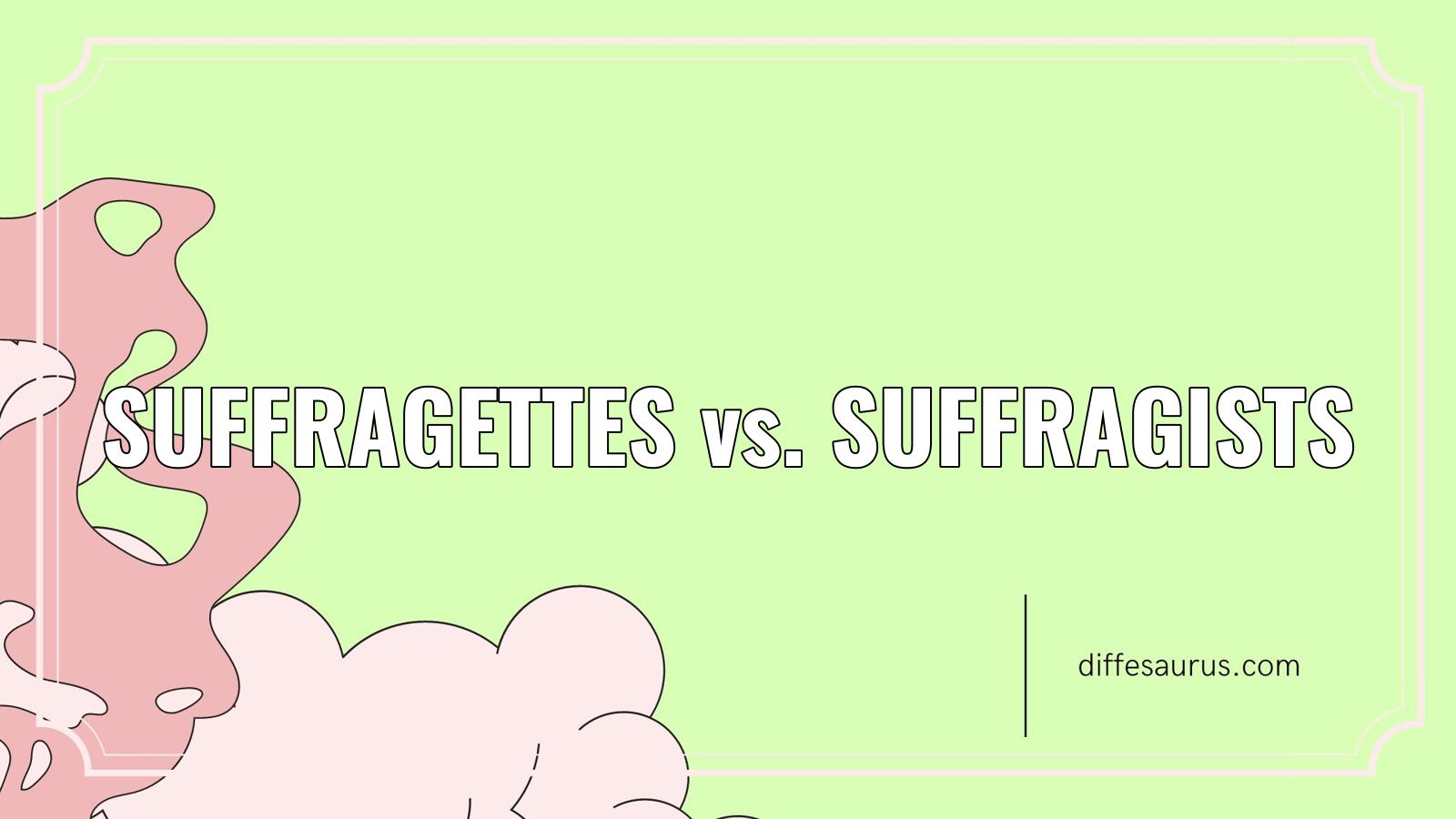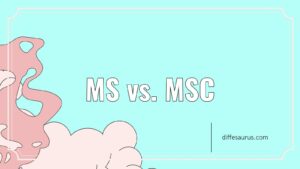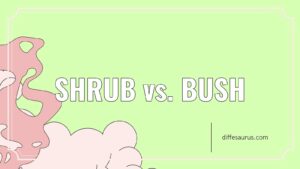All suffragists were suffragists. When talking about women’s suffrage history, the terms’suffragist’ and’suffragette’ are often thrown around.
Suffragists are people who were involved in the first wave of the campaign. Peaceful, constitutional campaign methods were believed to be used by suffragists. A new generation of activists emerged in the early 20th century after the suffragists failed to make progress. The women were willing to take direct, militant action for the cause, and became known as the suffragettes.
Was Queen Victoria a suffragist?
Suffragists were inspired by the fact that Queen Victoria was a woman in a prominent role.
What were the two types of suffragettes?
In 1893, New Zealand became the first self-governing country to allow women over the age of 21 to vote. The WSPU motto became ‘deeds, not words’ when Pankhurst decided that women in Britain had to do the work themselves. During battles with the police, the suffragists chained themselves to railings and smashed windows, and faced anger and ridicule in the media, after they heckled politicians, tried to storm parliament, and were attacked and sexually assaults. Emily Davison, a suffragist, died when she ran in front of the king’s horse at the 1913 Epsom Derby. Some members of the WSPU did not support the direct action of the campaign.
Is the term suffragette offensive?
The term suffragettes was reclaimed from its original derogatory use by a group of women in Britain. The term suffragist was not embraced by the suffragist movement in the United States.
Was Millicent Fawcett a suffragette or suffragist?
At the first women’s suffragist meeting, she began her political career at the age of 22. The National Union of Women’s Suffrage Societies (NUWSS), Britain’s main suffragist organisation, was led by Fawcett after the death of Lydia Becker. She distanced herself from the militancy and direct actions of the Women’s Social and Political Union, which she believed would hurt women’s chances of winning the vote, by alienating members of Parliament. The NUWSS with its slogan ‘Law-Abiding suffragists’ retained more support despite the publicity they received. In 1913, the WSPU had 2,000 members, but by 1905 the NUWSS had over 50,000 members. Home rule was a blow to the greatness and prosperity of England, as well as disaster and pain and shame, and was fought for by Fawcett.





